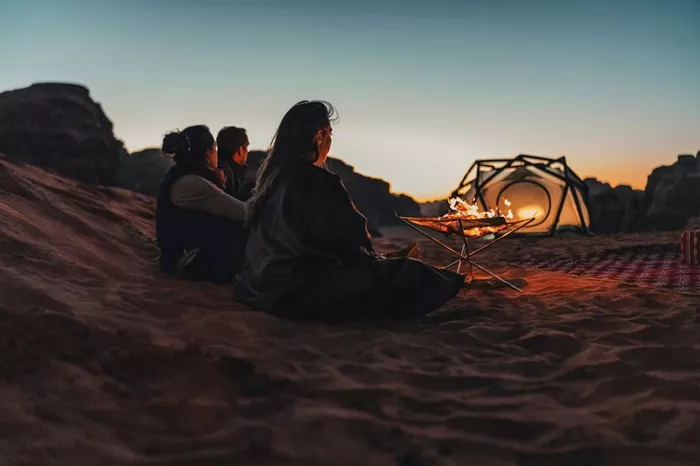Camping is a fantastic way to connect with nature, but if you’re new to it, packing can feel overwhelming. You don’t want to forget something important, but you also don’t want to overpack. This guide covers all the essentials for a safe and enjoyable first camping trip.
1. Shelter and Sleeping Gear
Tent
Your tent is your home outdoors. For beginners, a simple 3-season tent is best. It protects you from rain, wind, and bugs. Choose one that fits your group size—if you’re camping with two people, a 3-person tent gives extra space for gear.
Sleeping Bag
Pick a sleeping bag rated for the lowest temperature you expect. A 20°F (-6°C) bag works for most summer and fall trips. If camping in hot weather, a lightweight 50°F (10°C) bag is enough.
Sleeping Pad
A sleeping pad adds cushioning and insulation. Inflatable pads are comfortable but can puncture. Foam pads are durable but bulkier. For beginners, a self-inflating pad is a good balance.
2. Cooking Supplies
Camp Stove
A portable gas stove is easy for beginners. Butane or propane stoves are common. Bring extra fuel—about one small canister per day.
Cookware
A lightweight pot and pan set works for most meals. Don’t forget a mug, bowl, and spork. If you’re keeping it simple, pre-made meals just need boiling water.
Food and Water Storage
Store food in bear-proof containers if in bear country. A cooler with ice keeps perishables fresh. For water, bring at least 2 liters per person per day and a water filter or purification tablets if refilling from natural sources.
3. Clothing and Footwear
Layered Clothing
Weather changes fast outdoors. Pack in layers:
- Base layer (moisture-wicking fabric)
- Insulating layer (fleece or down jacket)
- Outer layer (waterproof shell)
Sturdy Footwear
Hiking boots or trail shoes with good ankle support are best. Bring wool or synthetic socks (avoid cotton—it stays wet).
Extra Clothes
Always pack extra socks and underwear. A warm hat and gloves are useful even in summer—nights can get chilly.
4. Safety and Navigation
First Aid Kit
A basic kit should include:
- Bandages
- Antiseptic wipes
- Pain relievers
- Blister treatment
- Any personal medications
Navigation Tools
Even if you use a phone GPS, bring a paper map and compass as backup. Learn how to use them before your trip.
Light Sources
A headlamp (hands-free) is better than a flashlight. Bring extra batteries. A small lantern is useful for camp lighting.
5. Miscellaneous Essentials
Multi-Tool or Knife
A pocket knife or multi-tool helps with food prep, gear repairs, and more.
Fire Starters
Waterproof matches, a lighter, or firestarter cubes make campfires easier. Check if fires are allowed at your campsite.
Trash Bags
Follow Leave No Trace principles—pack out all trash.
6. Optional (But Helpful) Extras
- Camping chair (more comfortable than sitting on the ground)
- Portable power bank (to charge phones)
- Bug spray and sunscreen
- Entertainment (book, cards, or a travel game)
conclusion
- Practice setting up your tent at home before your trip.
- Check the weather forecast and adjust your packing list.
- Start with a short trip (1-2 nights) close to home.
With this checklist, you’ll have everything you need for a successful first camping adventure. Happy camping!
Related topics:
Best Motorcycle Camping Gear: A Comprehensive Guide
Best Backpack for Hiking with Your Dog
Hiking Shops: A Treasure Trove of Gear for Hiking Enthusiasts

